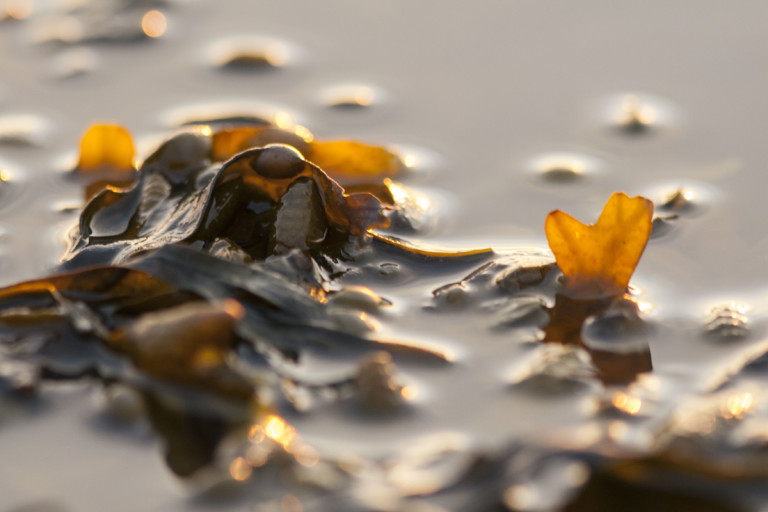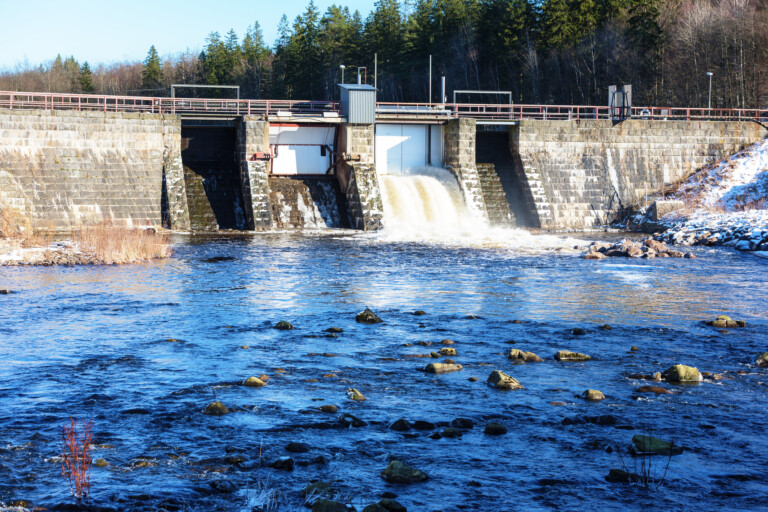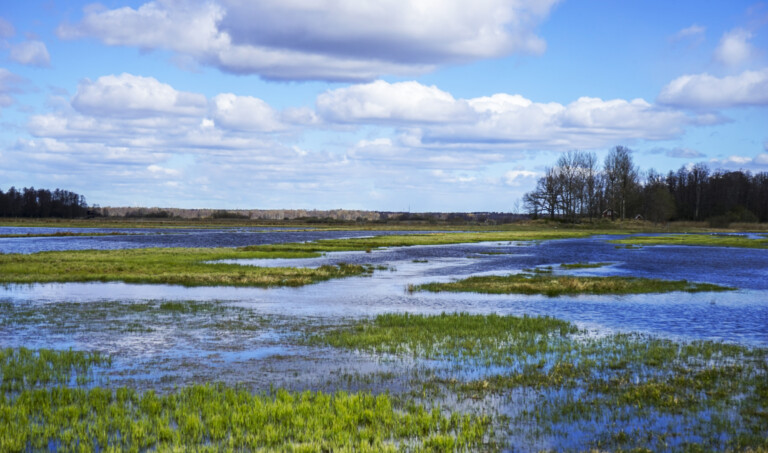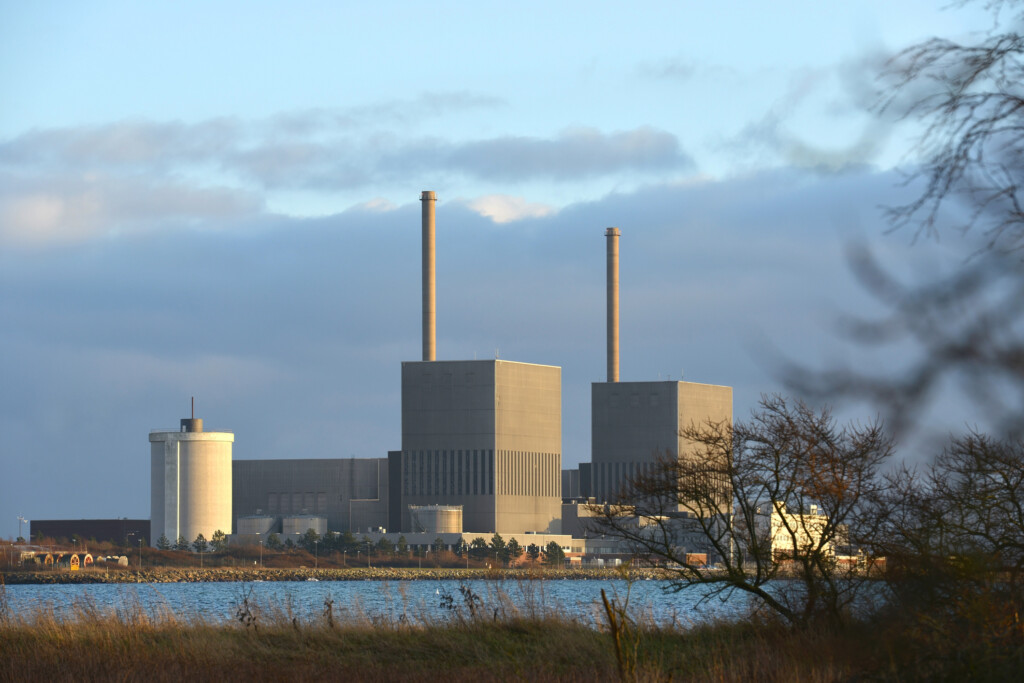Food & agriculture
The best fish for your body and the environment
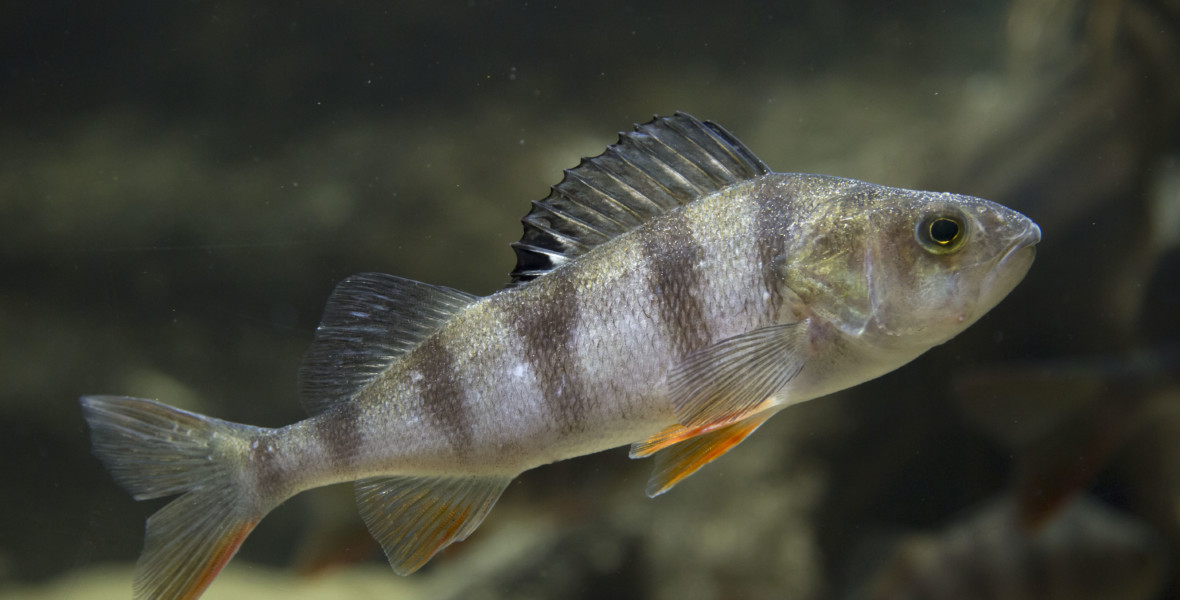
From a climate perspective, fish are usually a more sustainable alternative to meat. But not all fish are equal in this respect. Researchers at RISE, the Research Institutes of Sweden, have created a list showing which species are the best when weighing climate perspectives against nutritional perspectives.
Prenumerera på Extrakts nyhetsbrev!
Läs mer
Håll dig uppdaterad! Få kunskapen, idéerna och de nya lösningarna för ett hållbart samhälle.
Personal data is stored only for the mailing of Extrakt newsletters and information related to Extrakt’s operations. You can cancel the newsletter at any time, which means you will no longer receive any emails from us
“Fish are often compared with meats like chicken, beef and pork, but there are big differences between different species in terms of both climate impact and nutritional content,” says Friederike Ziegler, a researcher involved in developing the list.
The list includes not only fish but all types of seafood, such as shellfish. The species that scored the highest when weighing nutritional content and climate impact were oysters, herring, mackerel and sprat.
Edible fish of the future
RISE’s list is intended to serve as a guide for government agencies or other organisations that provide dietary advice as well as for individual consumers. Ziegler also believes that the list can give us some new perspectives on what we can actually put on our plates. Some of the species that top the list are ones we usually don’t eat that often.

“We have rather narrow frameworks for what we eat and are generally hesitant to try new foods,” Ziegler says.
One species that scored high but which we rarely eat was perch.
“It performs very well from both a climate and a nutritional perspective, but it’s incredibly hard to find in the stores. This also applies to many other freshwater fish like bream and roach, although this could change in the future,” Ziegler says.
Sprat is another example of a fish we could eat more of. Although available in the stores, it is not usually regarded as everyday fare.
“How often do we eat it? Once a year, probably in our Swedish potato casserole, Jansson’s Frestelse. But, of course you can use it in more products and dishes,” Ziegler says.
Fishing boats account for the greatest climate impact
The list developed by the researchers is based on data from the Swedish National Food Agency on nutritional content and on available data about the climate impact of different species. In other words, the researchers have not collected their own data but have based their list on previous studies.
In short, the researchers claim that species living in open waters are better from a nutritional perspective than those that live on the sea floor. The climate impact of different species depends mainly on the level of emissions from fishing boats.
So, it is best to choose species with strong stocks that are quick to catch. As for farmed seafood, what determines climate impact is whether feed is needed and, if so, how much and what type.
Oysters an unexpected finding
Friederike Ziegler says that what surprised them most during the project was that oysters scored the highest of all species in terms of nutritional content.
“We weren’t prepared for that at all. We had to double check that it was really true!” she says.
Oysters got top scores thanks to their high vitamin B12 content and minerals that are hard to obtain through food other than seafood.
“Oysters are considered a luxury food today, but this doesn’t necessarily have to be the case,” Ziegler says.
“Here on the west coast, the Pacific oyster has established stable populations that we do not exploit. At the same time, we import many tonnes each year of precisely that species from places like France,” she says.
Eat the whole fish?
Such a high nutritional value for oysters and mussels can also depend on the fact that we eat the whole animal, not just the fillet.
“It seems that you get more nutrients that way and that it’s worth the money. In our culture, we’re super-focused on eating the fillet. We could become better at taking advantage of the other parts as well,” she says.
When it comes to changing the perception of which fish – and which parts of the fish – are suitable for our dining tables, she believes that restaurants and their chefs have an important role to play.
“We see an increased interest in new, slightly unusual dishes and ingredients. Restaurants could spin off of that, like by sourcing local species that ar underutilised,” she says.
Fish that swim to the top of climate rankings
The species that scored the highest when nutritional content and climate impact were weighed were oysters, herring, mackerel and sprat. On the heels of these species came perch, pink salmon and Alaskan pollock. Other common edible fish, such as farmed salmon, and whitefish including cod, haddock and saithe, ended up in the middle of the list.
Species with the highest climate impact per nutrient content included shellfish, such as shrimp, crayfish and scallop, as well as the farmed fish Pangasius and several flatfish.
Read the study Combined climate and nutritional performance of seafoods.
“Frisk med fisk utan risk” is a popular-science version of this study (in Swedish).
THE RED LIST AND ENVIRONMENTAL TOXINS
In addition to the climate and nutrient content, there are other perspectives to take into account, such as overfishing and environmental toxins. Since these perspectives could not be quantified in the same way as climate impact and nutrient content, researchers have addressed them in the list by marking species as red-listed based on their WWF status or if the National Food Administration recommends limited consumption of them due to environmental toxins.
For example, mackerel is red-listed if it has been fished in the east central Atlantic or the Mediterranean, and at present the National Food Administration recommends that people eat only a limited amount of perch since it can contain high levels of mercury.
